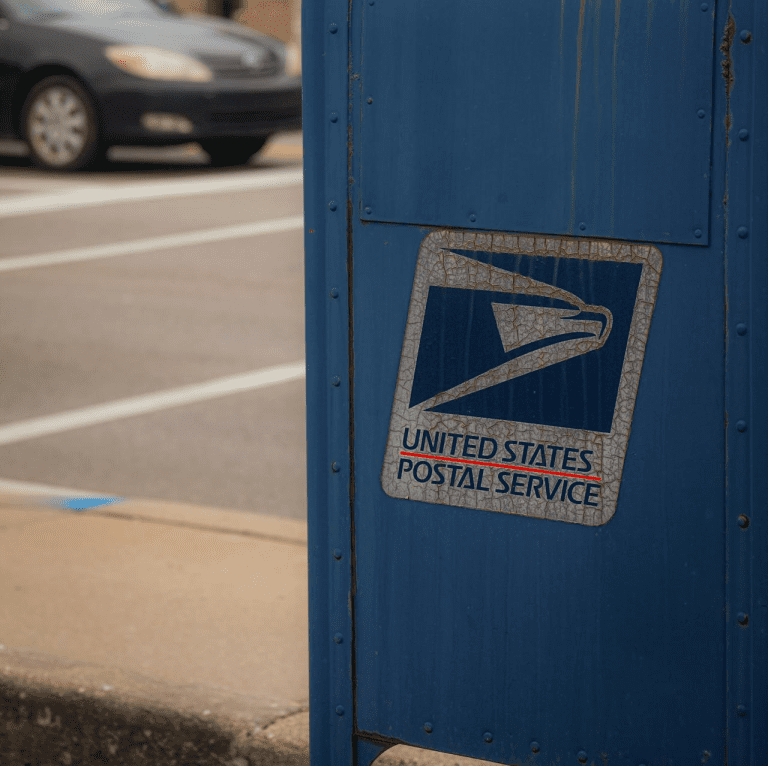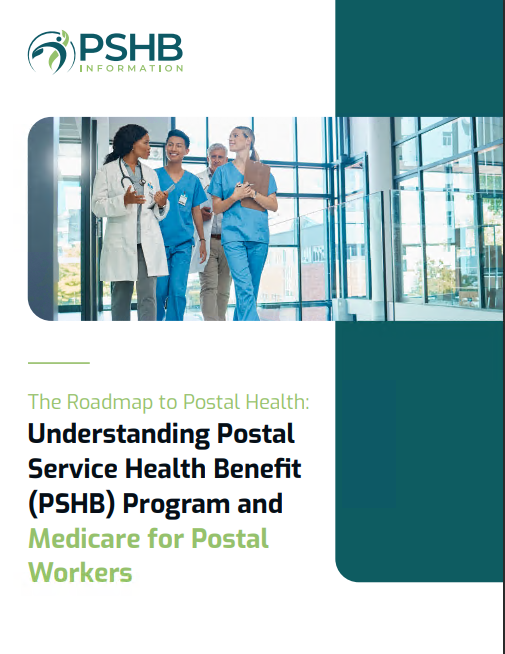Key Takeaways
-
Medicare Part C (Medicare Advantage) costs vary due to plan type, coverage details, and regional availability, so understanding these factors is essential for making informed choices.
-
USPS employees and retirees under the new Postal Service Health Benefits (PSHB) program should carefully assess how Medicare Part C integrates with PSHB to maximize healthcare savings and coverage.
Why Medicare Part C Pricing Feels Like a Puzzle
If you’ve been exploring Medicare Part C (Medicare Advantage) as a USPS employee or retiree enrolled in the new Postal Service Health Benefits (PSHB) program, you might feel a bit overwhelmed. Prices seem to jump all over the place, and every plan seems to offer something slightly different. You’re not imagining things—Medicare Advantage costs genuinely vary widely, and understanding why can help you select the best option.
Let’s break down three major reasons for these price fluctuations and explore practical tips for making a smart decision.
1. Different Types of Medicare Advantage Plans
Medicare Advantage isn’t one-size-fits-all; there are several types of plans, each with unique pricing structures and benefits. Here are the most common options:
Health Maintenance Organization (HMO)
-
Usually offers lower premiums compared to other plan types.
-
You must use in-network doctors and facilities, except in emergencies.
-
Requires you to select a primary care physician (PCP) and obtain referrals for specialists.
Preferred Provider Organization (PPO)
-
Typically has higher premiums but provides more flexibility.
-
You can visit out-of-network providers but at a higher out-of-pocket cost.
-
Doesn’t require referrals for specialists.
Private Fee-for-Service (PFFS)
-
The costs can vary dramatically based on individual agreements with providers.
-
Offers great flexibility in choosing healthcare providers who accept the plan’s terms.
Special Needs Plans (SNPs)
-
Tailored specifically for people with certain chronic conditions or special circumstances.
-
Often includes additional benefits designed around particular health needs, but costs vary accordingly.
When selecting your Medicare Advantage plan, carefully consider how often you travel, your preferred doctors, and your comfort level with restrictions. These choices directly affect the costs you’ll face throughout the year.
2. Coverage Details and Extra Benefits
Another factor impacting Medicare Advantage costs is the inclusion of extra benefits beyond standard Medicare coverage. Plans often compete by offering attractive perks, but these perks come with varying price tags.
Common extra benefits include:
-
Dental, vision, and hearing coverage
-
Gym memberships or wellness programs
-
Over-the-counter medication allowances
-
Transportation services for medical appointments
-
Home health care services
While these perks are appealing, they often result in higher premiums or co-pays. Carefully evaluate whether these extras align with your actual healthcare needs. If vision or dental coverage matters significantly to you, for example, paying a slightly higher premium could be a smart choice. Conversely, if these perks won’t meaningfully benefit your daily life, choosing a simpler, lower-cost plan could save money.
3. Regional Differences and Healthcare Networks
Medicare Advantage pricing isn’t uniform across the U.S.—it varies significantly by region. The reason? Healthcare networks, market competition, and even local medical costs play pivotal roles.
In densely populated urban areas, competitive markets often lead to lower premiums because multiple providers vie for your enrollment. In rural regions, fewer healthcare providers might mean less competition and slightly higher costs.
Factors causing regional cost differences:
-
Provider networks: More extensive networks with numerous specialists generally mean slightly higher premiums.
-
Competition levels: Regions with numerous insurers tend to offer lower-priced plans to attract customers.
-
Local healthcare costs: Areas with higher overall medical costs naturally reflect higher premiums.
If you live in an area with fewer options, you’ll likely encounter higher costs. Understanding regional pricing trends helps you set realistic expectations and identify the best value for your location.
Smart Steps for Choosing Wisely Under PSHB
Now that you’re clear on why Medicare Part C costs fluctuate, let’s dive into actionable steps to ensure you’re making a wise choice as a USPS employee or retiree under the PSHB program.
1. Assess Your Health and Financial Situation
Reflect on your current health status and future medical needs:
-
Do you manage chronic conditions requiring regular specialist visits?
-
How frequently do you visit the doctor each year?
-
Do you require ongoing medications or therapies?
Your financial situation is equally important:
-
How much can you comfortably afford in monthly premiums?
-
Could you handle larger out-of-pocket expenses if you chose lower premiums?
Answering these questions honestly guides you toward a plan that balances affordability and comprehensive coverage.
2. Compare Costs Beyond the Premium
Don’t stop at premiums. You must also factor in deductibles, copayments, coinsurance, and out-of-pocket maximums. Here’s a quick rundown of what each means:
-
Deductible: The amount you pay out-of-pocket before insurance coverage kicks in.
-
Copayments: Fixed fees paid for specific services, like doctor visits or prescriptions.
-
Coinsurance: A percentage of costs you share with the insurance company after reaching the deductible.
-
Out-of-Pocket Maximum: The maximum amount you’ll pay annually, after which your insurance covers 100% of eligible expenses.
Comparing these elements across plans is crucial, as a seemingly lower premium could result in higher overall costs throughout the year.
3. Evaluate Provider Networks Carefully
Check if your preferred doctors and hospitals are in-network for the plan you’re considering. Using out-of-network providers typically leads to significantly higher costs and can quickly negate the advantage of lower premiums.
-
Verify provider networks annually since Medicare Advantage plans may update their provider lists.
-
Consider travel habits: If you frequently travel or have multiple residences, you might want a plan with a broader network, even if it costs slightly more.
Integrating Medicare Advantage with Your PSHB Coverage
As a USPS employee or retiree, your Medicare Part C coverage intersects with your PSHB benefits. Here’s how you can leverage both effectively:
-
Understand Coordination of Benefits: PSHB and Medicare Advantage plans will coordinate payments to ensure services are covered comprehensively, often reducing your overall healthcare expenses.
-
Check PSHB and Medicare Coordination Details Annually: Plan specifics may change during annual open enrollment, typically running from November to December each year.
-
Explore Prescription Coverage Carefully: Medicare Advantage plans with Part D drug coverage could significantly complement your PSHB prescription benefits, reducing out-of-pocket drug costs substantially.
Making Your Medicare Advantage Choice Count
With the PSHB program now in place, USPS employees and retirees have an opportunity to tailor their healthcare precisely to their needs. Keep in mind the importance of plan type, coverage details, and regional variations. Your health care isn’t just about monthly premiums—it’s about total coverage and peace of mind.
For personalized advice tailored specifically to your circumstances, don’t hesitate to reach out to a licensed agent listed on this website. Their professional insights can guide you through making a confident Medicare Advantage decision.








